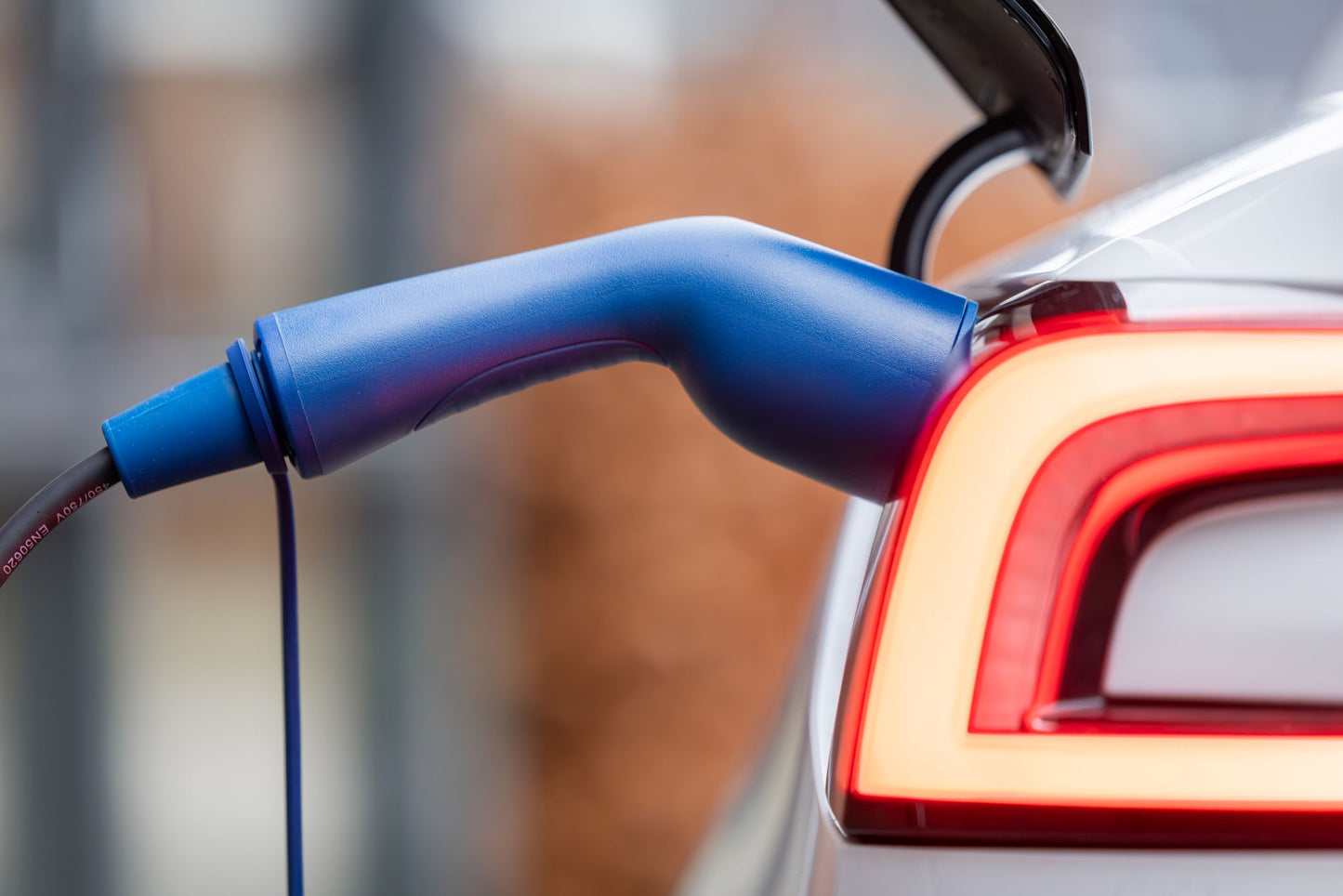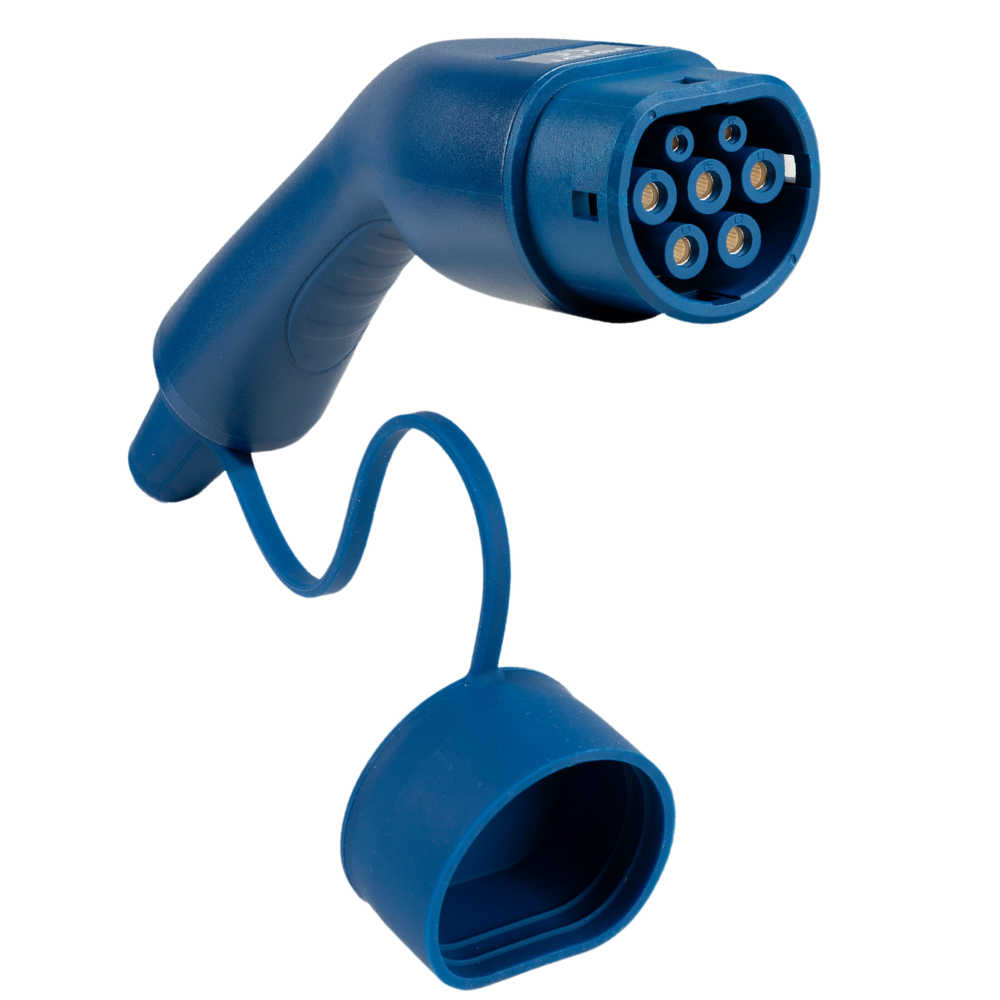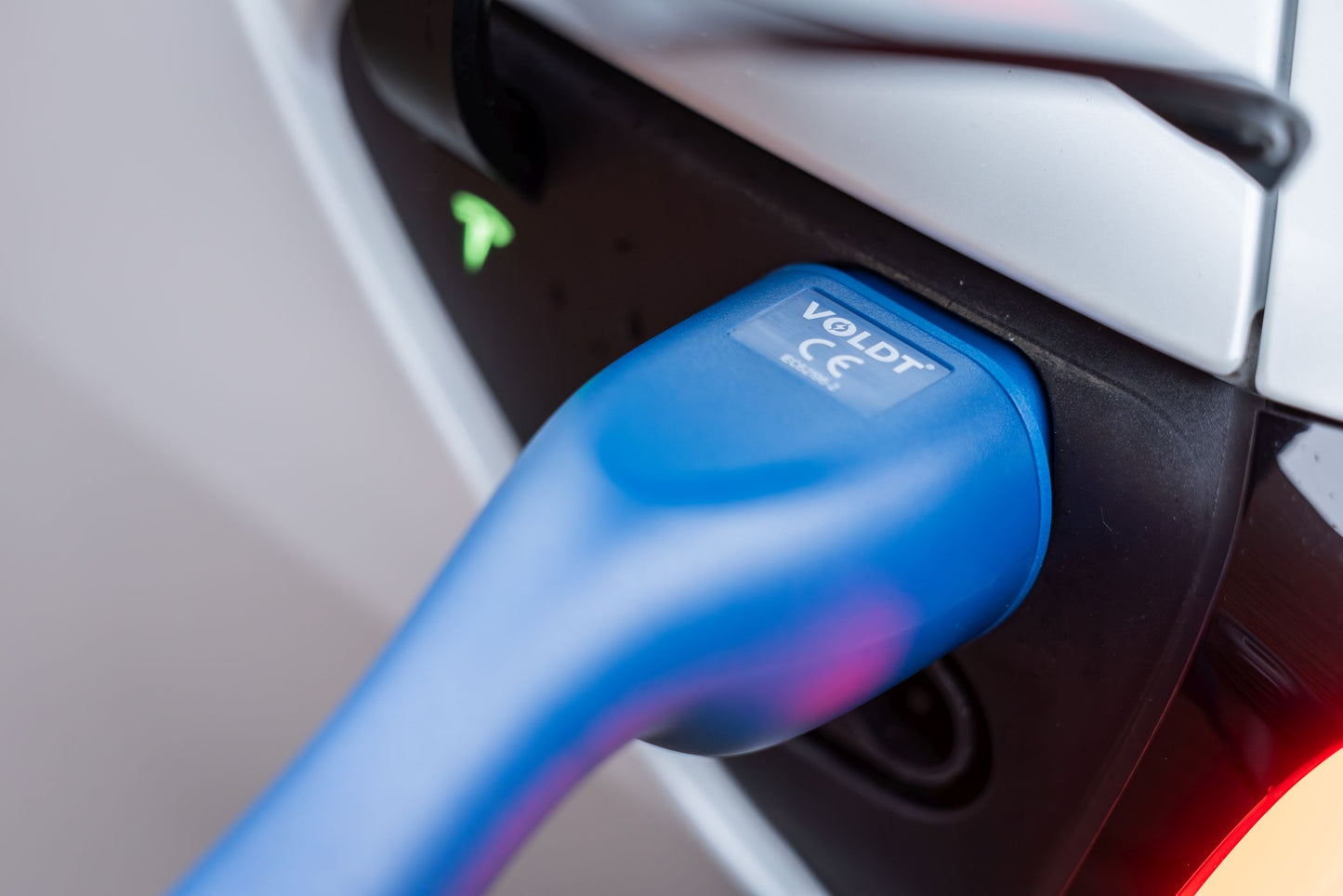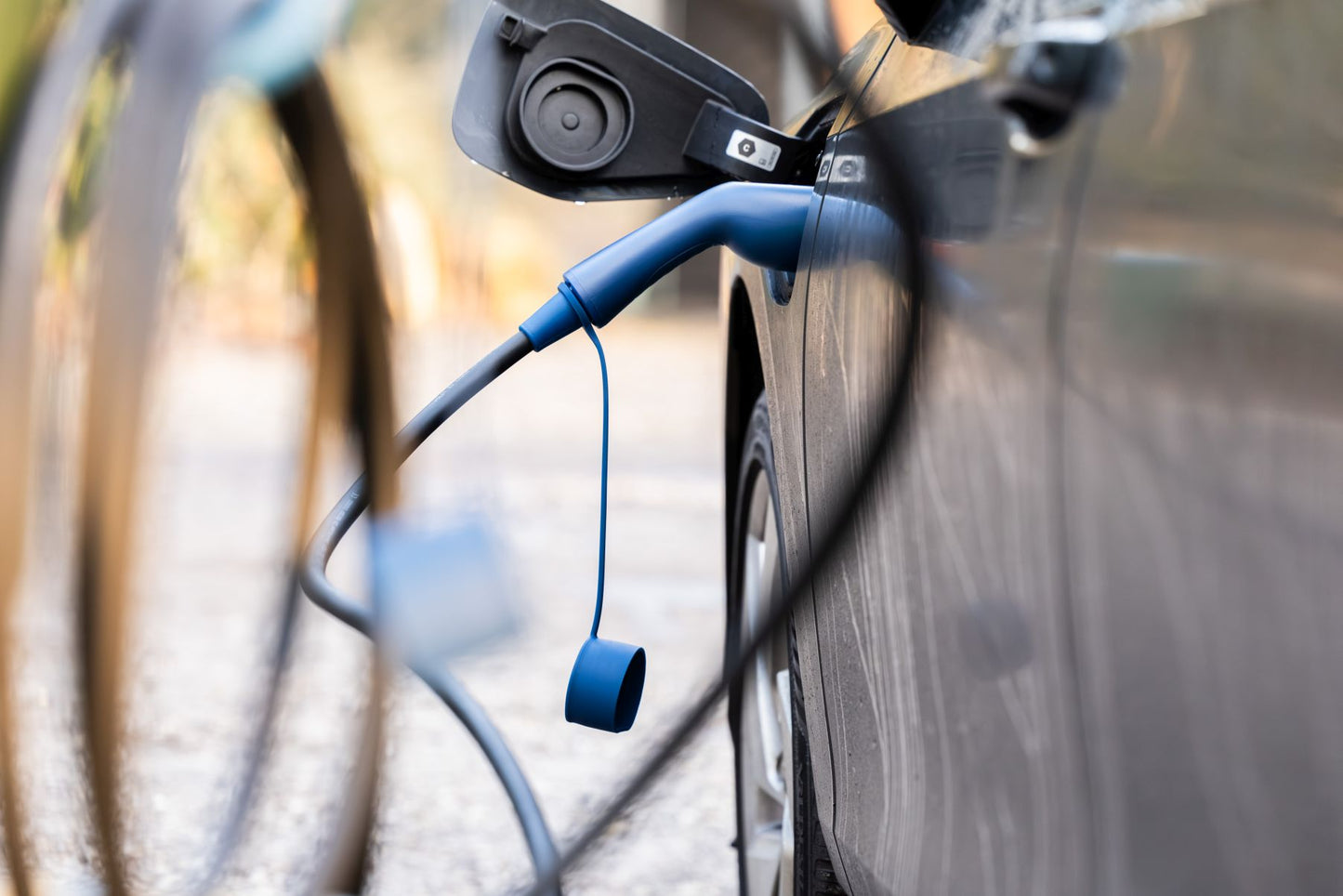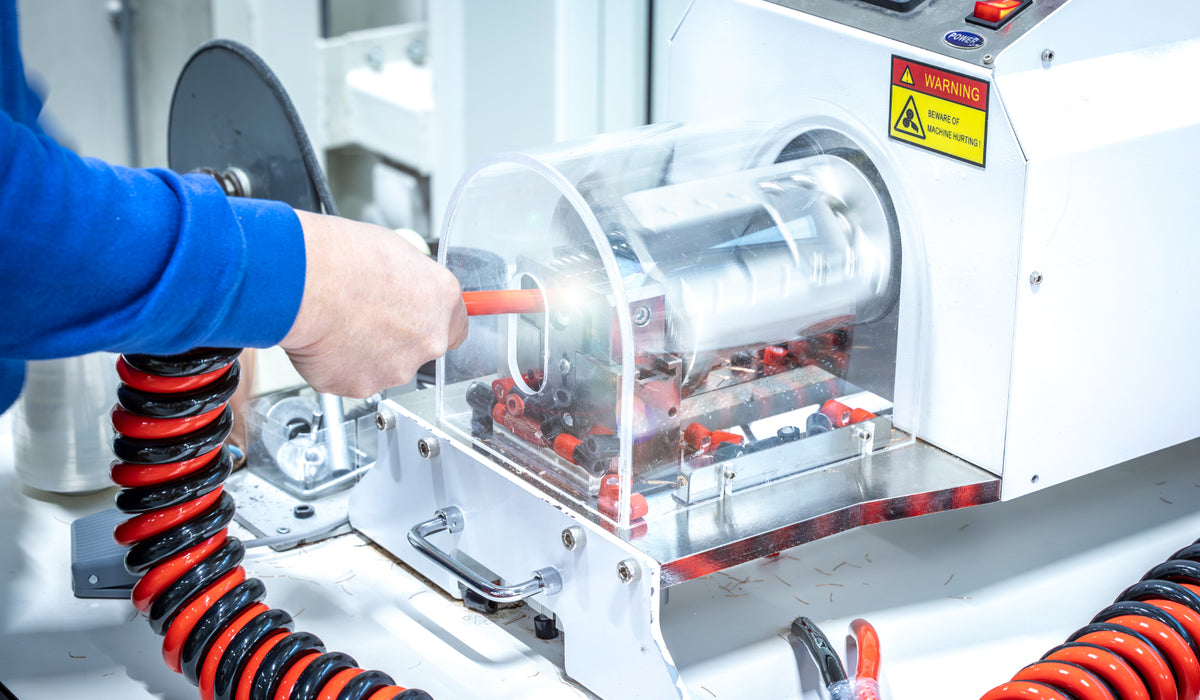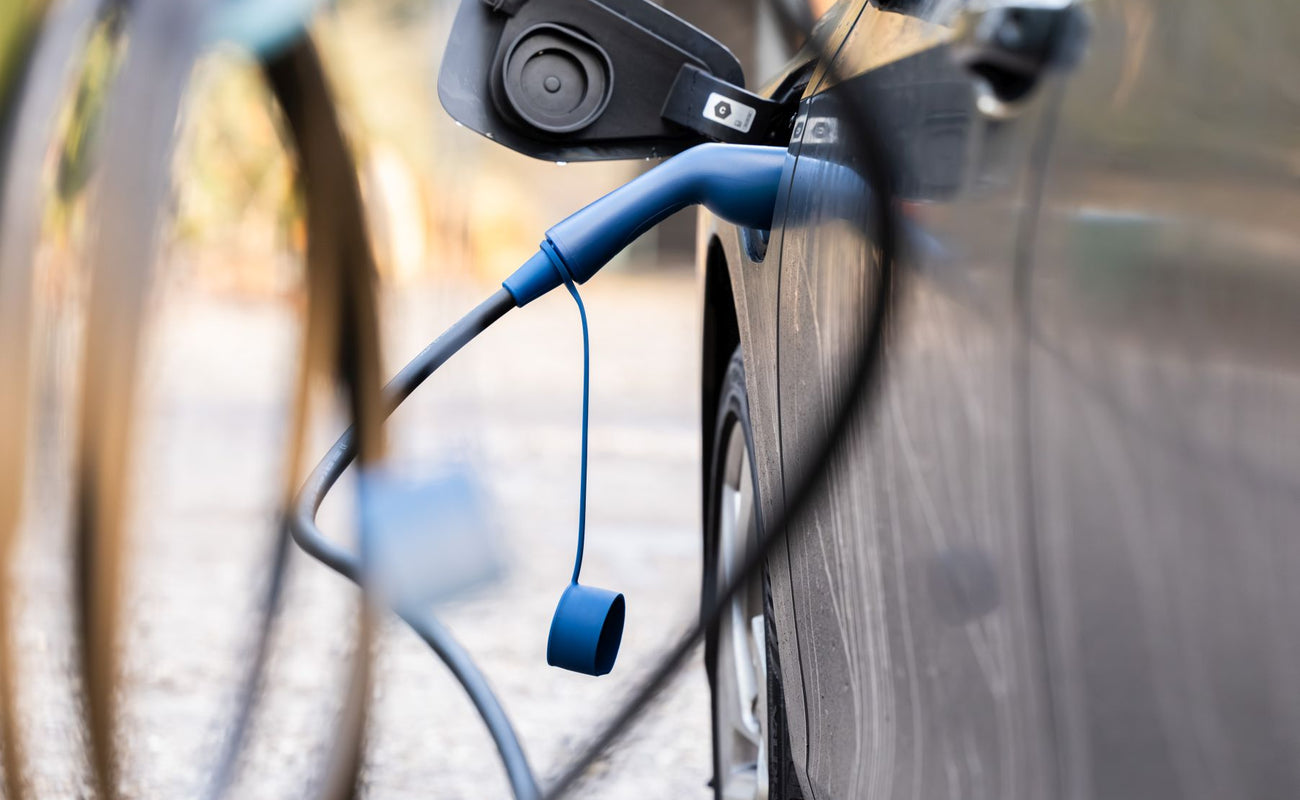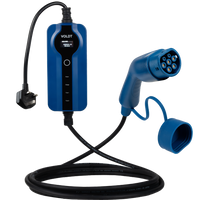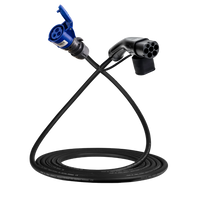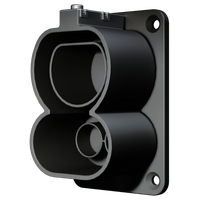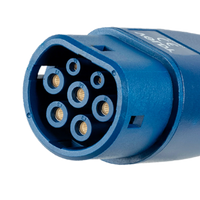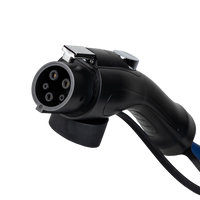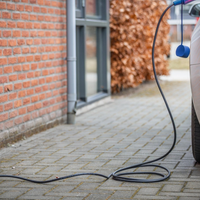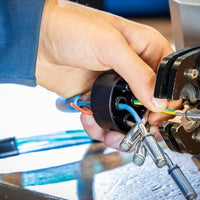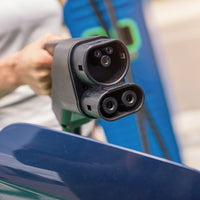Yes, Voldt® EV charging cables are compatible with all standard public and home charging stations in the United Kingdom that support Type 2 connectors. Type 2 (IEC 62196-2) is the official standard for EV charging infrastructure in the UK and across most of Europe, and all Voldt® charging cables are designed to meet this specification. This ensures seamless connectivity whether you’re charging at a public station, a wallbox at home, or a destination charger.
Voldt® offers a wide range of Type 2 charging cables with different amperage and phase options, such as 1-phase 16A, 1-phase 32A, 3-phase 16A, and 3-phase 32A. These variants ensure optimal charging performance depending on your vehicle's onboard charger and the capacity of the charging station. All cables are CE and TÜV certified and manufactured in Europe, ensuring high quality, safety, and full compliance with UK and EU regulations. The cables also feature industry-leading weather resistance, making them reliable for outdoor use in the UK's variable climate.
In addition to standard Type 2 to Type 2 cables, Voldt® also provides mobile charging solutions such as Type 2 to UK 3-pin plug (BS 1363) adapters. These are particularly useful for charging from regular household sockets in the UK. This flexibility ensures that even in locations without a dedicated EV charger, your vehicle can still be charged safely and efficiently. If you're unsure which cable best suits your vehicle or location, Voldt® provides a helpful cable selection tool and expert customer support.


